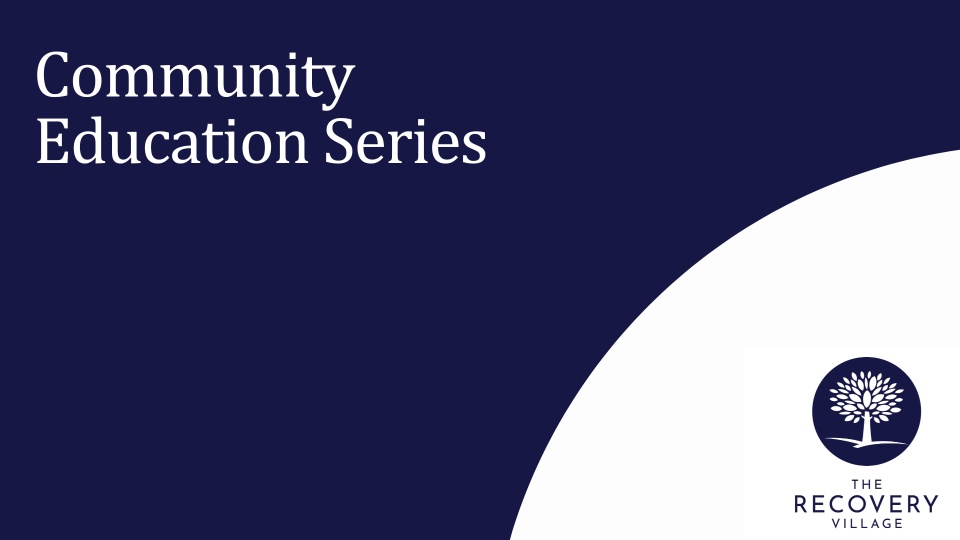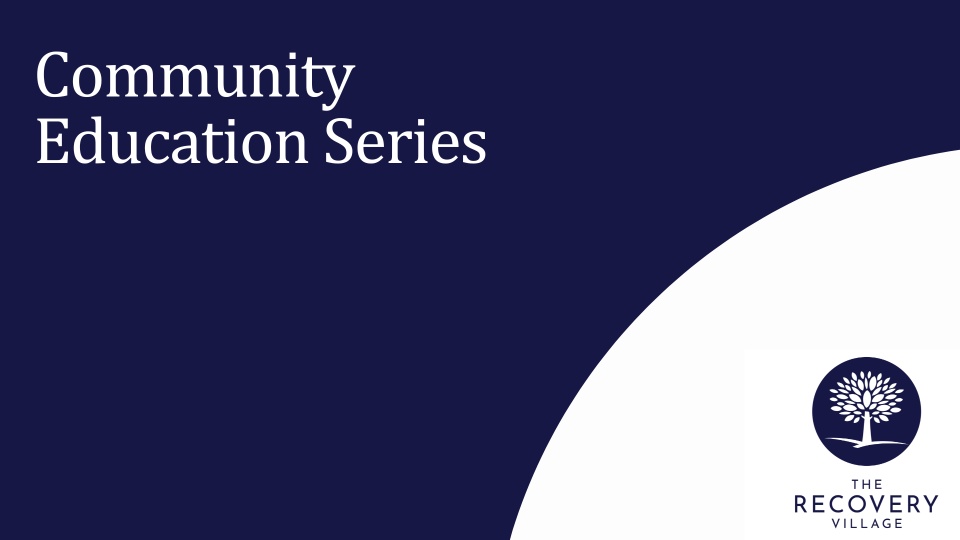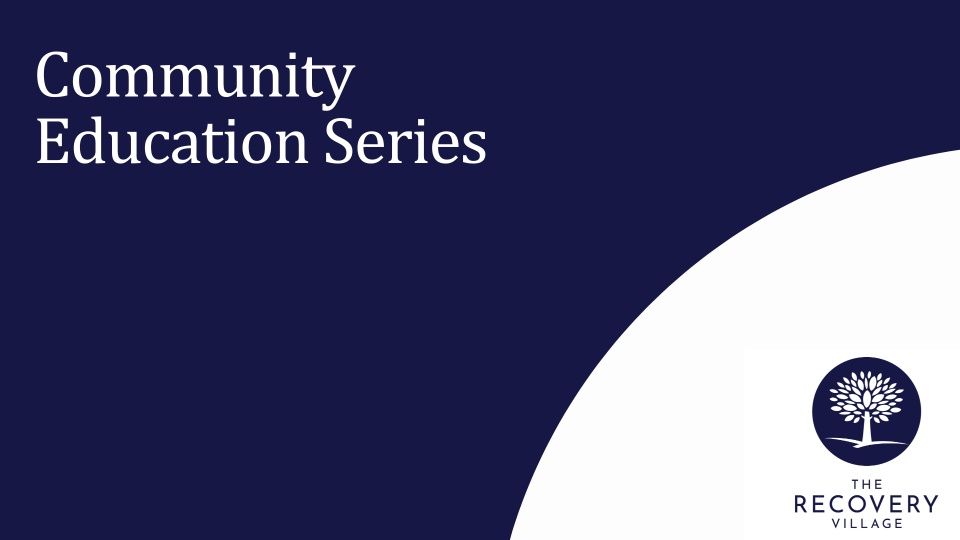Naloxone can save someone’s life by helping to reverse an opioid overdose. Listen to Miss America explain the uses of this important medication.
Estimated watch time: 31 mins
Available credits: none
Objectives and Summary:
In this community education webinar, Miss America 2020, Camille Schrier overviews how the medication naloxone can save lives from opioid overdose and how the different generic and branded products (like Narcan) are used. This webinar is part of her “Mind Your Meds” initiative to provide drug safety and abuse prevention education to teens and adults in communities across the country.
After watching her presentation, the viewer will be able to:
- Understand what naloxone is and the different ways it can be administered.
- Use naloxone safely in the unfortunate case of an overdose situation.









